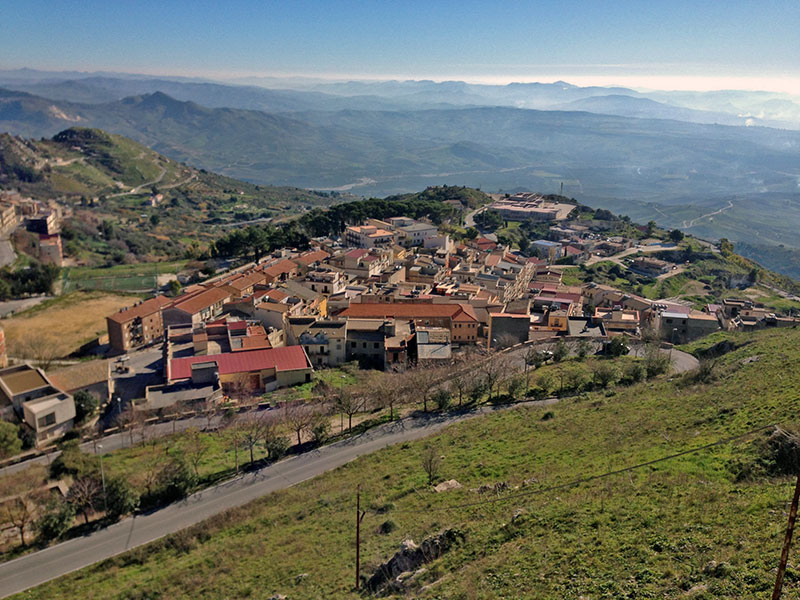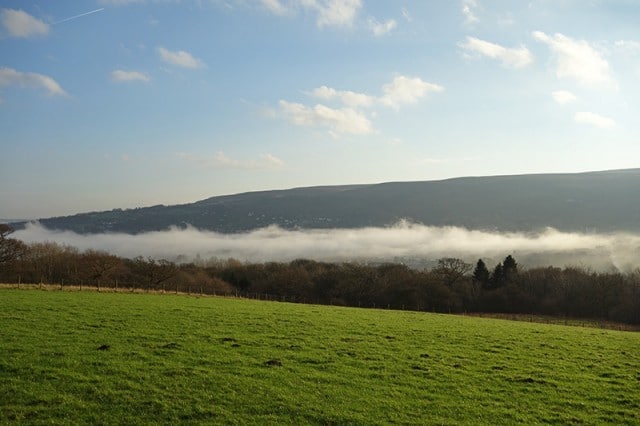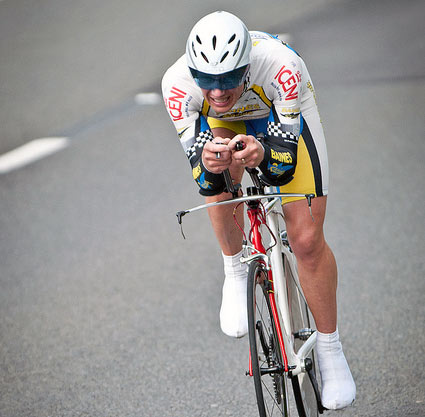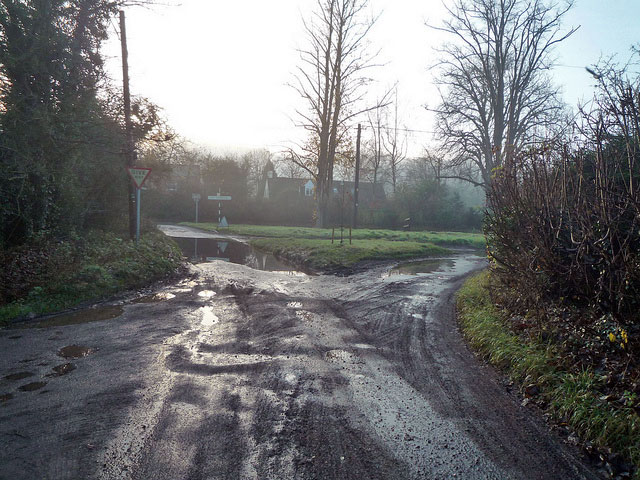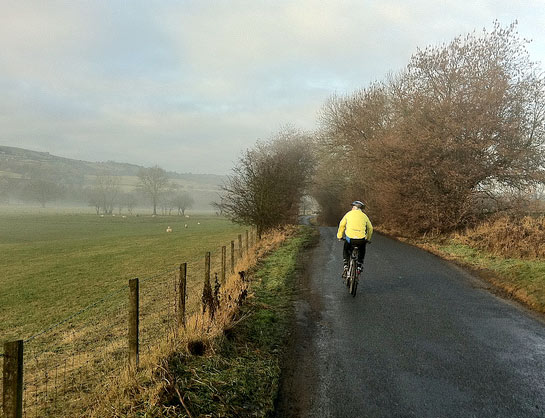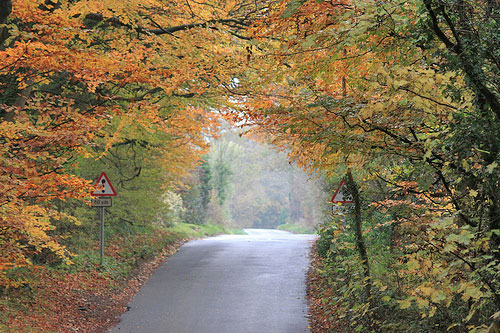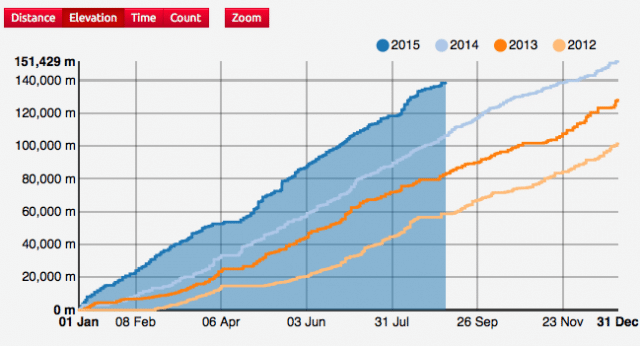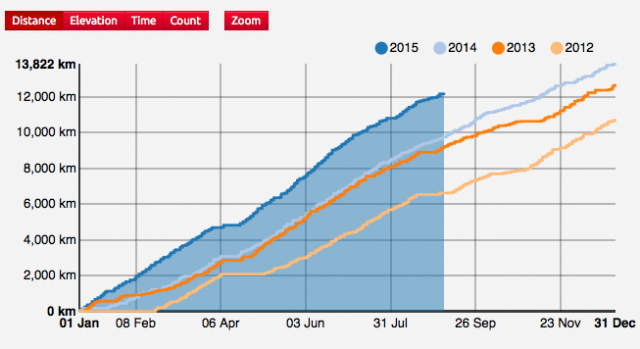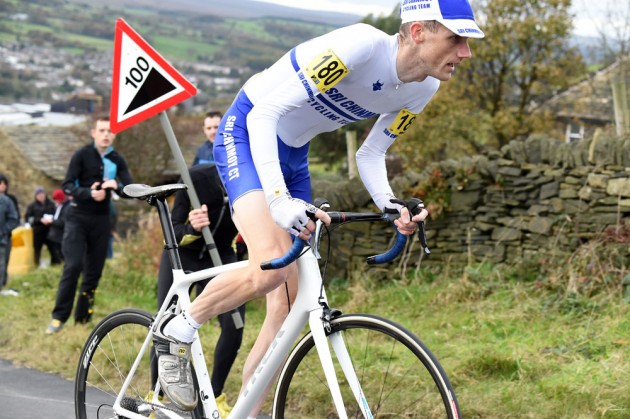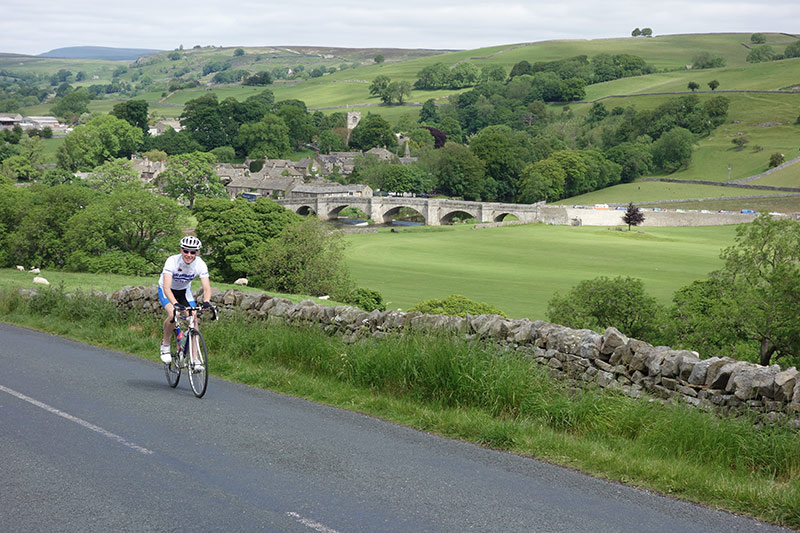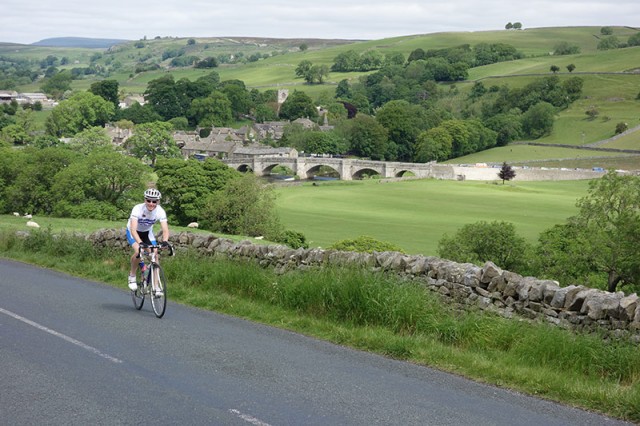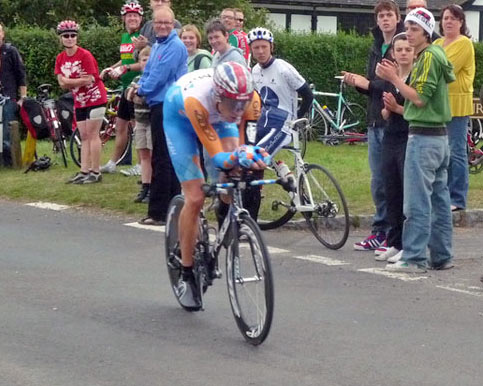I’m Irish, but live over in Czech republic, I’m back in the sport after 10 years (I did a race called the FBD Ras, 8 day affair – popular with strong UK riders, its a 2.2, its my modest claim to fame) I have a coach based in the US. A former student of Hunter Allen – he is good and works you hard.
This season I rode a 6 minute hill climb and was 9th overall and 3rd age group, big event. About 6 minutes at 6%, and I hit 400w at 65kg. Good for me but I got beaten by 15 seconds so a rather convincing defeat. I have since done 430 for 5 minutes and am averaging about 500w in minute on 3 minute off repeats – about 10 of them.
But my question is about a comment you made re flat vs hill power. Riding 320w for 10 miles, one would think that at 450 for 5 minutes you would be way higher that 320 – is this a deliberate training choice ? or you found it to be a physiological limitation ? I’m about similar to 320 for 20 minutes on the flat – but it is growing, and my curiosity lies in how far I can take the longer efforts.
I’ve just got back from Czech Republic (Zlin) over weekend. So will answer as blog post.
In 2015:
- My max power for 10 mile TT (20 mins) was about 338 W this summer. (Quark)
- My max power for hill climb (5 mins) is about 450 watts. Though it may have been closer to 470 for last few climbs I did without any power meter.
There are a few reasons.
- They are different power meters, I think hill climb bike (Stages) gives slightly more power than Quark.
- If I did a 5 minute TT on the flat, (I’ve never actually tried.) but, I would be very surprised if I could get anywhere near 450 watts. In other words, it is easier to post a higher power figure for a steep climb on road bike than a flat 5 minute TT bike test.
Why more power for short hill climbs?
- You can get more power on a steep hill, when you stand on the pedals rather than stay seated (I think it is due to the extra use of body weight increasing power.)
- Different physiology for hill climb vs TT bike. I’ve not tested, but it might be easier to get more power on a road bike. Depends how much you train on TT bike too. Certainly, if you’re not used to riding on TT bike, you need to spend time getting used to different muscles used.
- I don’t train only for 5 minute climbs. One interesting thing is that at end of time trial season I can get close to my max 5 min power for hill climbs. Two months of specific hill climb training does increase 4-5 minute power a little, but less than you might expect. But, I also train for 10 mile TT, by doing five minute intervals.
Secondly I’m not sure I fancy spending 10k on a tt bike for next year. I may buy an old Stuart Dangerfield frame I found, and might just build it up with newer wheels and a good cockpit. Do you believe in the 10k spend for tt bikes?
Yes and No. I did spend a lot on my TT bike (Speed Concept), but then it wasn’t that much quicker than my previous Trek Equinox that I sold for £750 on ebay.
The simple answer is you don’t need to spend 10k on a bike. For example, winner of UK national 10 spent £1k on bike (he got a lot of aero coaching / wind tunnel testing, which is probably expensive, but probably more effective than spending money on a bike.)
If you go Ultegra mechanical rather than Dura Ace Di2, you can save $4-,$5000, but the difference in speed over a 25 mile TT is practically ‘nothing’. I still bought Dura Ace Di2 though. You might be better off spending a lot of money on skinsuit, helmets and aero-testing. See also marginal aero gains
Next year I just want to develop, not winning doesn’t bother me too much as I just want to build the engine. (I was 30th in the non UCI nationals here of 340 riders – on an R3 with t-bars)
A simple TT bike can help improve over a road bike with t-bars. But, I agree the real test of time-trialling is building your engine and seeing how you can stretch your performance. Aerodynamics do make a lot of difference to your speed, but for me the real buzz comes from improving performance – not relying on aero improvements.
Related

